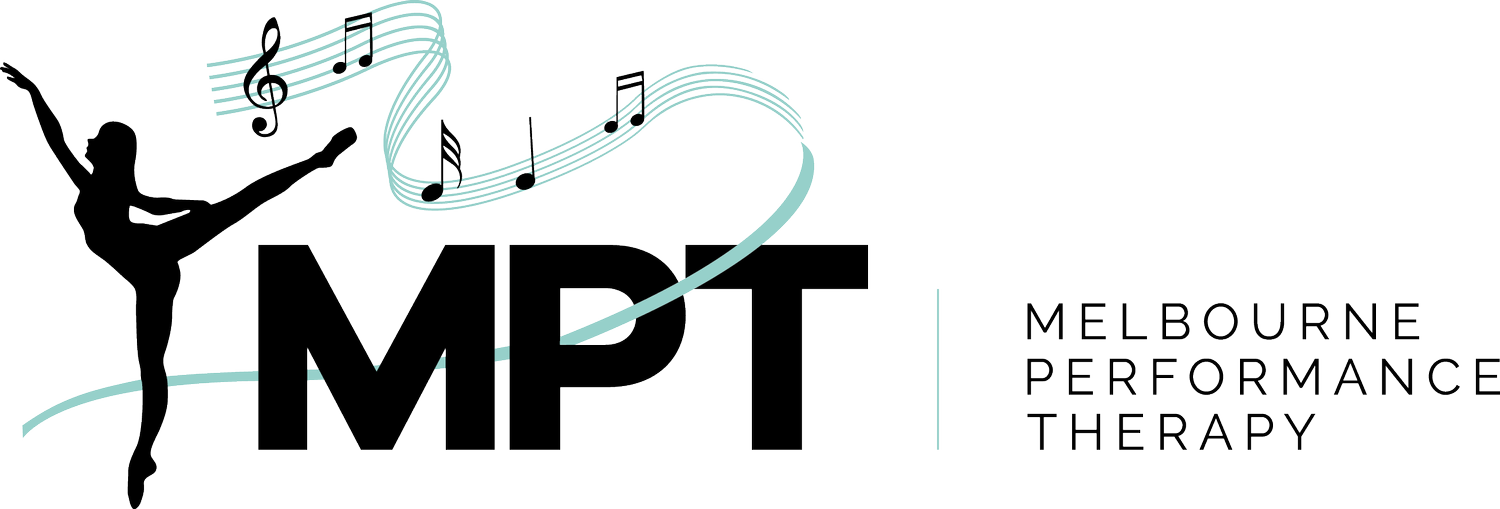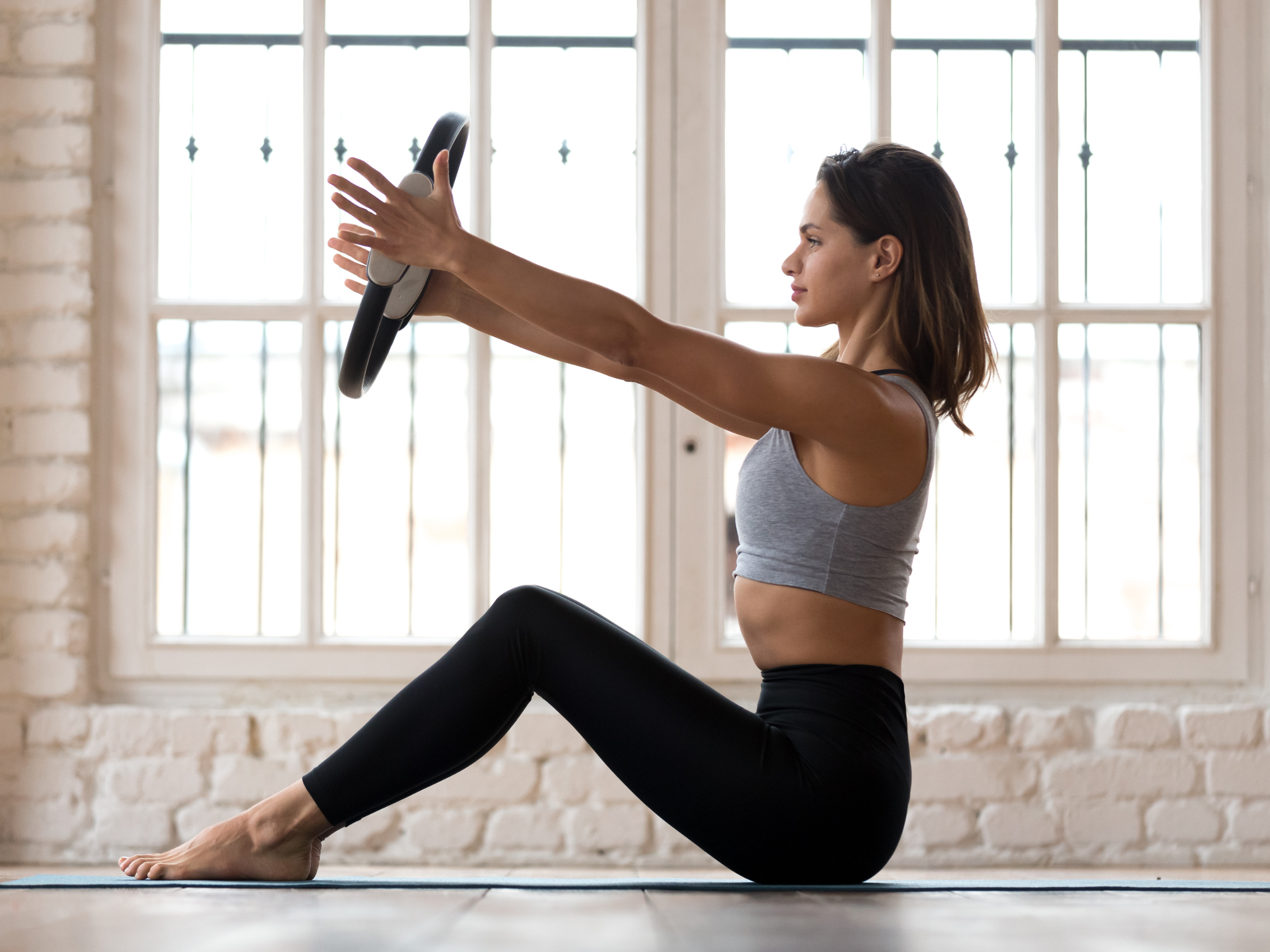Enhancing Focus Through Pilates: Embracing the Nuances of Movement
Do you ever stop to think about how your whole body moves (or doesn’t) while you perform a focused or localised activity? Do you ever notice your toes can grip as you take a full breathe in? Do you ever feel yourself straining through your neck as you reach up high? Very often in daily life finding moments to focus on being in our body can be a rare luxury. Conversely, sometimes we draw our focus right in to a single area as we practice to perfect a movement sequence; often at the expense of a more global view. Finding a balanced focus of your body’s movements and learning how to play with these movements and investigating these nuances can help improve your overall body awareness, your body’s functional movement and help you to become aware of compensatory patterns in your body that may be contributing to pain or dysfunction. Pilates is an excellent tool for helping build your awareness of the nuances of movement.
Pilates can be used as a way to cultivate focus and delve into the nuances of motion, honing in on the subtleties that contribute to our global, full body movement. Let’s explore how Pilates can help you focus on the nuances of movement and why this attention to detail is invaluable to our overall movement.
At its core, Pilates is as much a discipline of the mind as it is physical. It emphasises controlled, precise movements. Without doubt there are MANY different styles and approaches to Pilates, it has gone through its own cultural evolution and thanks to the wonders of marketing has been re-branded in a variety of different ways… yoga-lates, hot Pilates, cardio Pilates, Pilates HIIT. I’m not saying that this is bad, simply that at its core and where Pilates started was with a focus on the body and the precise movements and ‘shapes’ that we make. Whether it is the alignment or shape through the spine, the engagement and activity through the core, or the extension of the limbs, every movement in Pilates demands a mindfulness and awareness of what the body is doing and how each area of the body is working to contribute to the movement.
By turning our attention to the nuances of movement we can see great improvements in our overall movement patterns and movement capacity. What do I mean by nuances of movement? Here we are talking about the small, subtle movements that occur throughout the entire body when we perform a specific movement. Rarely does movement truly happen in isolation. At any given moment in time the body is either stabilising (holding an area still) or allowing motion through an area. By tuning in we can start to understand the individual components of movement and how they work to create our bigger, global, functional movements.
There are a range of benefits associated with this focus on the nuances of movement. Firstly, it enhances proprioception, our body’s ability to sense its position and movements in space. By honing in our awareness of how our bodies we move we become more in tune with our bodies, this can help improve balance, coordination and posture. Secondly it can help develop strength, particularly through our stabilising muscle. These can sometimes be neglected in faster pace workouts. Finally, honing in on the details cultivates a sense of mindfulness and presence in the moment, helping us to escape some of the chaos of everyday life.
While a focus on the nuances is incredibly beneficial it’s crucial to approach this with a balanced perspective. While the intricacies of form can help us find positive adjustments to how we move, becoming hyperfocused on achieving ‘perfection’ can be counterproductive. In Pilates, there is no ‘one-size-fits all’ approach, and no perfect and absolutely ‘correct’ way to move. One person’s ideal movement pattern may be right for them, but not be right or even possible for another person. Rather than striving for a predetermined ideal, embracing the nuances is about exploring the individuality of your body and enjoying the journey of exploration and discovery.
Rather than viewing movements as inherently correct or incorrect, taking a nuanced approach allows us to become explorers and begin to notice these movements. You have the opportunity to experiment with movement, make adjustments, try variations and simply notice how all of these things influence your movement. It also allows you to make connections between movements that perhaps lead to patterns or behaviours that wish to stop, and equally you can discover nuances of movement that bring positive benefits to your body. It’s really about deepening our connection and understanding of our body. By letting go of the notion of perfection, we are free to enjoy the process and make connections that can help us progress in the direction we want to go.
Often times we you first start out trying to explore and manipulate the various nuances of movement in a Pilates class it can feel extremely challenging or near impossible to make a particular movement happen or isolate a movement. Over time with practice this will improve. This is also where some manual therapy such as Myotherapy can be helpful. Myotherapy can help to address areas of tension, strain and stiffness that you can then more effectively target in your Pilates session.
If you are really keen to explore the nuances of your movement it can also be useful to have some guidance with this. Booking yourself in for some one-on-one Pilates sessions can be great option. Working with a professional in a one-on-one environment can allow you to focus on the movements that are important to you and address your challenges specifically.
Pilates is a fabulous way to build your skill in embracing and manipulating the nuances of movement. It helps you to build the tools to slow down, tune into your body and explore the subtleties of each motion. Not only benefiting your strength, mobility and functional movement capacity but also offering you a mindful practice.




